Shooting time-lapse presents a person with a wide array of options. Time-lapse is more than a photograph, and more than a movie clip. With time-lapse, it is possible to show things that actually occurred, but in a way that a person would not normally be able to see it happen.
First and foremost I am passionate about capturing the natural beauty of the state of Washington.
Washington state has a wide variety of natural beauty. From snow capped volcanoes, to the jagged peaks of he Cascades.... From moss covered trees of the rainforest, to the rugged beaches along the Pacific. Washington has it all. We also have a variety of amazing weather. These two elements frequently come together to create unique one of a kind experiences. The majority of my work has been spent on trying to capture what happens when these two forces combine.
I have covered over a hundred miles of trails, and ascended to some of the highest viewpoints in the state to capture unique, one of a kind experiences. From moonlit landscapes, to storms swirling around the many peaks of the cascades, I have been fortunate enough to capture scenes that many people can only dream of. One of the side effects of large scale Hollywood movies is that people have lost a sense of how amazing the real world can be. By using various time-lapse techniques, I am able to show what the natural world is capable of.
An example of the power and beauty of nature can be seen in the short video "First Winter's Night." This sequence presented me with a unique opportunity to capture a series of events unfold from one location over a period of 7 hours. The scene decends into total darkness as clouds flow over the summit of Mount Shuksan. Eventually, the moon begins to rise, lighting up the clouds as the constellation Orion leaps across the summit of Shuksan. This entire scene reflects on the famous Picture Lake until the cold temperatures take over, freezing the water.
I utilize a variety of shooting techniques to capture the how things change with the passage of time. A common question asked is what kind of settings I use. The honest answer to this question is that I use all kinds. It really depends on what is going on in the scene, and how I want to convey that experience. However, there are a few techniques that I use to really showcase the power of time-lapse photography. One of these is motion. By mounting my camera on a rail system, and having the camera slowly move while capturing the scene, the viewer is taken on a journey through the scene as time passes by.
Another technique, and one of my favorites, is he use of what's become known as the "holly grail" transitions which captures a scene as it transitions from day to night or visa-verse.
This is one of the most labor intensive aspects of time-lapse photography. It also one of the single most rewarding kind of scenes to shoot because it gives the viewer a chance to really see how things change across time.
Light Pollution
Like many time-lapse photographers, I got my start shooting the starry night sky. I have developed a special appreciation for a sky full of stars. As a history major in college, I look at the night sky as a personal connection to previous generations who also gazed at the same star fill skies with wonder. The stars were one of the first things we studied as a people. We had a general grasp on how to predict their movements across the sky thousands of years before we had a concept of a germ. We understood the mechanical workings of our solar system hundreds of years before the concept of an atom. And now, today, we are doing all we can to eliminate our view of this natural wonder. The worst part is that we are spending money, and wasting energy to do.
Spending so much time in the mountains shooting time-lapse has presented me with a unique view of our society, and its place under the night's sky. From all across the Cascades, I have used time-lapse photography to capture our cities and towns glowing throughout the night from up to 100 miles away. This ultimately represents a massive waste of resources at a point in our history when we are facing the impacts of our energy consumption. I have been committed to spending part of my time capturing the ever glowing light domes of our cities as a means of educating people about extent to which we are leaving a dramatic mark on the night sky.
The extended sequence "What we're doing" is an example of using a holly grail day to night transition to capture the Seattle Metropolitan area as the entire area lights up at night. It is both awe inspiring, and chilling to see the amount of wasted energy we are pouring into the sky every night.

